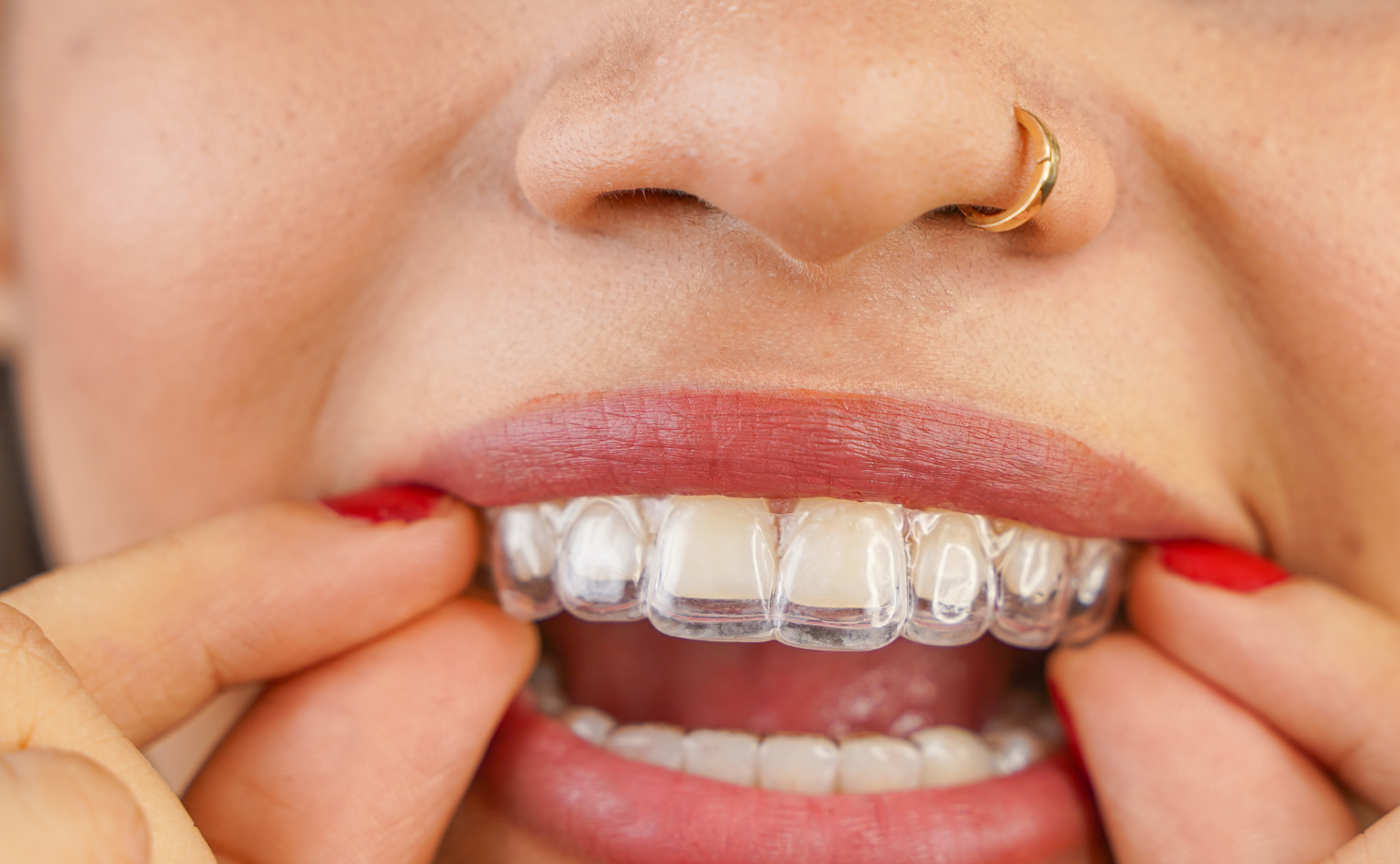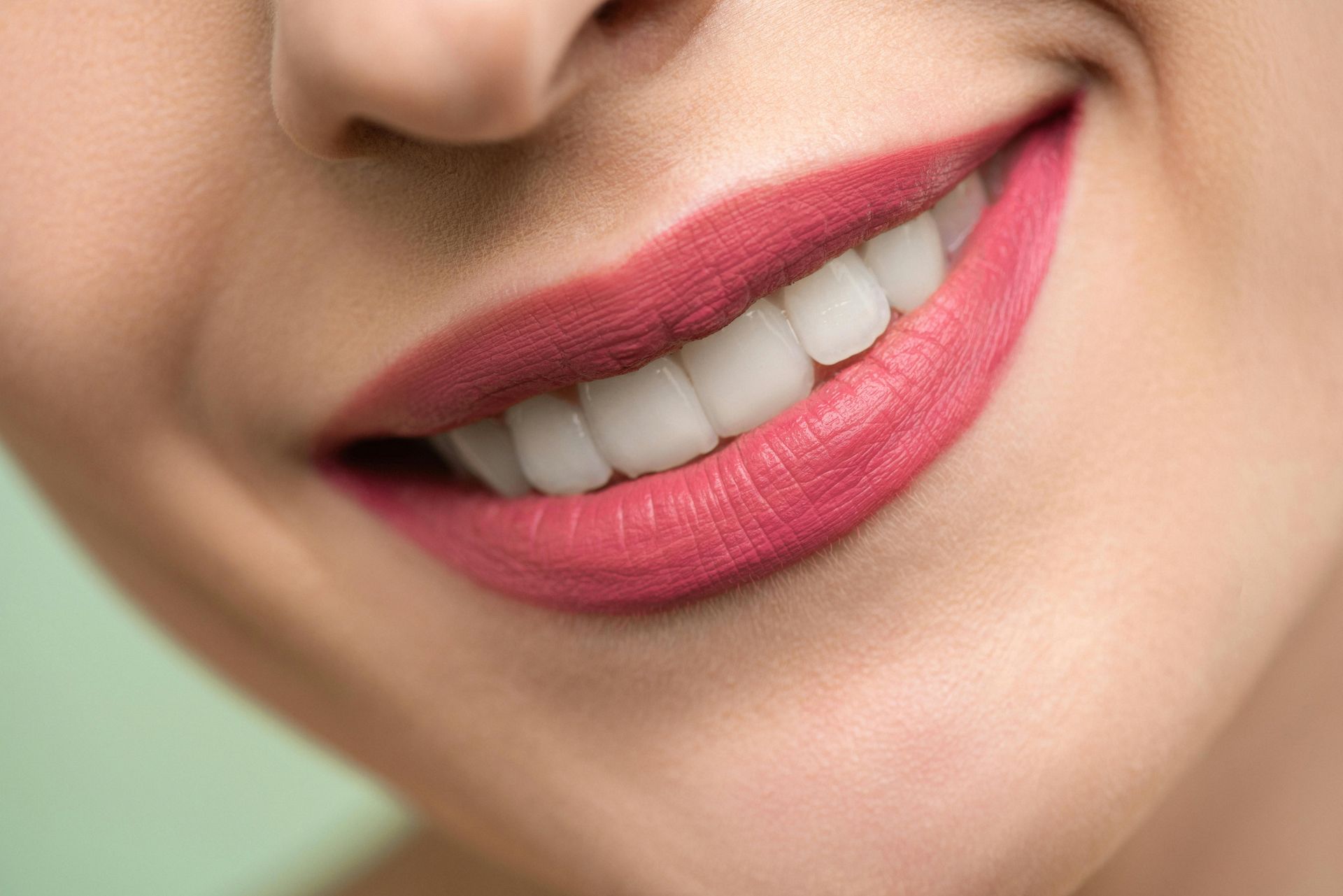Top Dental Solutions for Common Oral Health Problems
Key Takeaways:
- Dental solutions are essential: they provide targeted treatments for specific oral health issues, helping to prevent minor problems from becoming major concerns
- Regular dental cleanings, fluoride treatments, and dental sealants can significantly reduce the risk of cavities.
- Good oral hygiene practices are the foundation of maintaining your smile.
- Dental implants are a popular solution for replacing missing teeth, offering a natural look and feel.
A smile is a valuable asset to have, and maintaining it requires proper care and attention. Oral health problems like cavities, gum disease, and tooth loss can not only affect your confidence but also impact your overall health. Fortunately, modern dentistry offers a wide range of dental solutions to address these issues effectively from general dentistry to cosmetic dentistry, a full spectrum approach can help you bring restoration to your mouth. At Austin Elite Smiles, we’re committed to helping you achieve and maintain optimal oral health.
Some of the top dental solutions for common oral health problems can restore your smile and improve your quality of life.
Why Dental Solutions Are Key to Tackling Oral Problems
Dental solutions are essential because they provide targeted treatments for specific oral health issues, helping to prevent minor problems from becoming major concerns. For example, untreated cavities can lead to tooth infections, while gum disease can cause tooth loss and even systemic health problems like heart disease. By addressing these issues early, dental solutions not only restore oral health but also protect your overall well-being. From cavity prevention treatments like fluoride applications and dental sealants to advanced smile restoration procedures such as dental implants and veneers, modern dentistry offers solutions for every need.
Common Oral Health Problems and Their Solutions
1. Cavities and Tooth Decay
Cavities are one of the most common oral health problems, caused by the buildup of plaque and bacteria on your teeth. The solution? Preventative care and timely treatments. Regular dental cleanings, fluoride treatments, and dental sealants can significantly reduce the risk of cavities. If a cavity does develop, a simple filling can restore the tooth to its natural function and appearance.
2. Gum Disease
Gum disease, ranging from mild gingivitis to severe periodontitis, is a leading cause of tooth loss in adults. Scaling and root planing—a deep cleaning procedure—can help treat early stages of gum disease. For more advanced cases, periodontal surgery may be necessary. Consistent oral hygiene practices, such as brushing and flossing, combined with regular dental visits, are crucial in managing and preventing gum disease.
3. Tooth Loss
Missing teeth can affect your ability to chew, speak, and smile confidently. Dental implants are a popular solution for replacing missing teeth, offering a natural look and feel. Other options include bridges and dentures, which can be customized to meet your needs. Replacing missing teeth not only restores your smile but also prevents adjacent teeth from shifting and causing further complications.
4. Crooked or Misaligned Teeth
Orthodontic issues like crooked or misaligned teeth can impact both the appearance and functionality of your smile. Solutions such as braces, clear aligners like Invisalign, and other orthodontic treatments can correct these problems over time. These options not only enhance your smile but also improve oral health by making it easier to clean your teeth effectively.
5. Discolored or Stained Teeth
A bright, white smile is often seen as a sign of good health and confidence. Professional teeth whitening treatments can effectively remove stains caused by coffee, tea, wine, and smoking. For more stubborn discoloration, veneers or dental bonding can provide long-lasting results, helping you achieve the smile you’ve always wanted.
Maintaining Results After Dental Treatments
After investing in dental treatments, maintaining the results is essential for long-term success. Good oral hygiene practices are the foundation of maintaining your smile. Brush your teeth twice a day with fluoride toothpaste, floss daily, and use an antibacterial mouthwash to keep bacteria at bay. Regular dental check-ups and cleanings with a general dentist are also crucial to monitor your oral health and catch any potential issues early.
Lifestyle choices play a significant role in preserving your smile. Limit sugary foods and beverages to reduce the risk of cavities, and avoid tobacco products to protect your gums and teeth from damage. For those who have undergone smile restoration procedures like veneers or implants, follow your dentist’s specific aftercare instructions to ensure the longevity of your results. By taking these steps, you can enjoy a healthy, beautiful smile for years to come.
Partnering with Austin Elite Smiles for Your Oral Health
At Austin Elite Smiles, we understand that every patient’s needs are unique. Our team of experienced dental professionals are dedicated to providing personalized care and state-of-the-art dental solutions. Whether you’re looking for cavity prevention, gum disease treatment, or comprehensive smile restoration, we’re here to help you achieve your goals. Contact us today to schedule your consultation and take the first step toward a healthier, brighter smile. Click here to visit our website.
FAQS
What are the best dental solutions for preventing cavities?
Preventative measures like regular dental cleanings, fluoride treatments, and dental sealants are highly effective in reducing the risk of cavities. Maintaining a proper oral hygiene routine, including brushing and flossing daily, also plays a critical role.
How can I restore my smile after tooth loss?
Dental implants are a popular solution for replacing missing teeth as they offer a natural look and feel. Alternatives like bridges or dentures can also be customized to fit your needs and restore your smile effectively.
What is the best way to maintain results after professional dental treatments?
Maintaining results involves consistent oral hygiene practices, such as brushing with fluoride toothpaste, flossing daily, and using antibacterial mouthwash. Regular dental check-ups, a balanced diet, and avoiding tobacco products are also essential.














